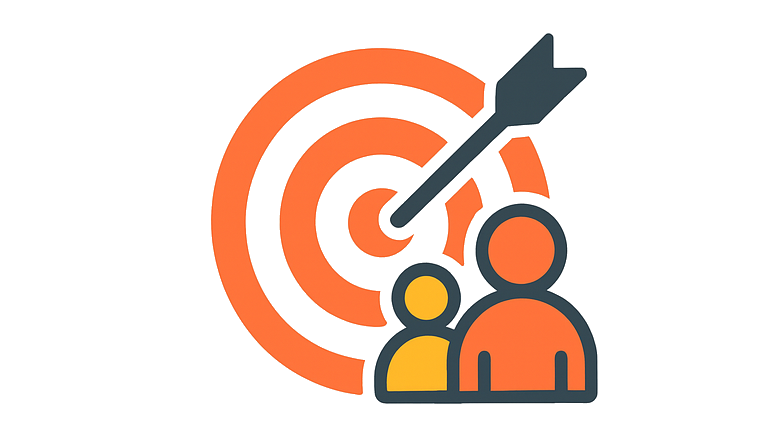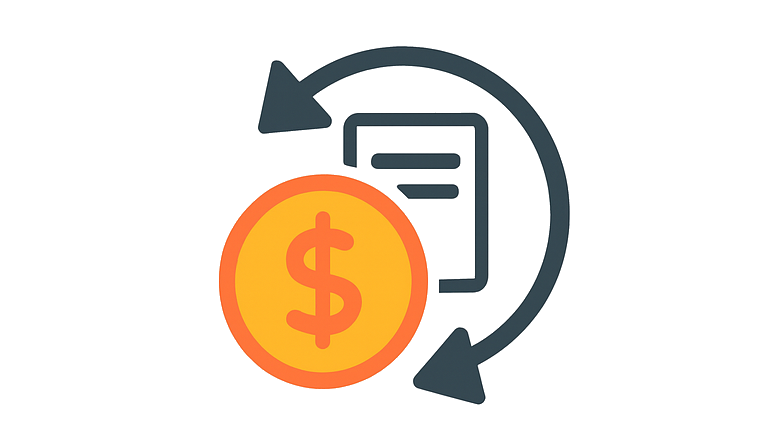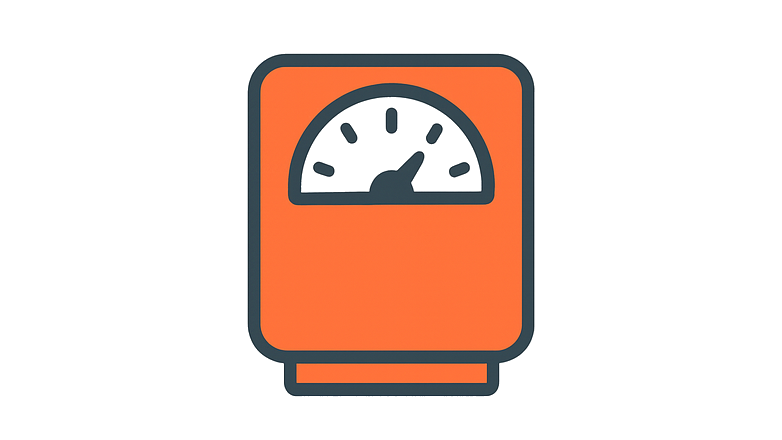 thrive.
thrive.

 thrive.
thrive.


Map out what matters most in your life, then adjust your bills and daily spending to support those goals.

See your budget converted into your pay cycle, so you know exactly what to do each payday.

Adjust your budget between timeframes to reveal the impact of your everyday choices.

Salary, wages, benefit payments, pension payments, any consistent and reliable income.
Pay off debt, family holiday, Christmas, (don't forget that any lump sum or irregular income is to be entered as negative amount).
Utilities, internet, rent/mortgage, insurance, debt repayments, school fees etc.
Groceries, takeout, fuel, parking, clothing, entertainment, hobbies, gifts, etc.
| Regualar Income | $0.00 |
| Your Goals | $0.00 |
| Bills & Subscriptions | $0.00 |
| Everyday Spending | $0.00 |
| Balance | $0.00 |

Click on the 'Start Now' button at the bottom of the page or manually scroll up to the 'Start Here' heading. From the drop down menu select the pay cycle for your main source of income.
This sets the foundation for your budget by converting all amounts into that timeframe. Your budget will show how much you need to set aside each pay period to cover all of your expenses and savings goals, regardless of whether they occur weekly, monthly, quarterly, or even annually.
There are four tables to complete, each following the same process. First enter a brief description of the income, expenses or savings goal, followed by the amount and how often it occurs.
| Description | Amount | Frequency | Per Fortnight |
|---|---|---|---|
| Electricity Bill | $250.00 | Monthly | $115.38 |
The final column converts the amount entered in column two into your selected pay cycle. In the example above the final column shows $115.38 needs to be set aside from each fortnightly pay to cover the $250 monthly expense.
Complete each table as follows:
Include regular income only — wages, benefit payments, any consistent income.
Please note: Irregular/lump sum income should be included as a negative amount in Table 2: Your Goals. This method ensures your recurring income covers everyday expenses, while lump sum payments go toward larger goals like travel or debt reduction.
Set aside money for your top priorities — the things that matter to you. If your budget results in a deficit, adjust bills and daily expenses first to preserve these goals.
As previously discussed, lump sum income should also be included here (as a negative amount) to offest any large priorities.
Enter all your recurring bills here, then review where you can cut back or find a better deal.
Check your bank statements and enter cash or card spending — like groceries, fuel, or takeaway.
Savings can be made by managing essentials efficiently and avoiding impulsive spending that undermines your goals.
Scroll down to the Summary section where your totals are displayed:
Use the dropdown menu below the summary table to view your budget over different time periods. Seeing everyday expenses on an annual scale can put things into perspective — and may even prompt changes in how you spend.